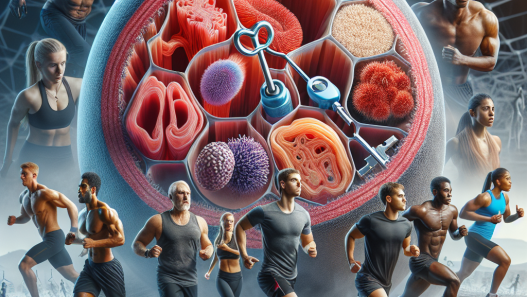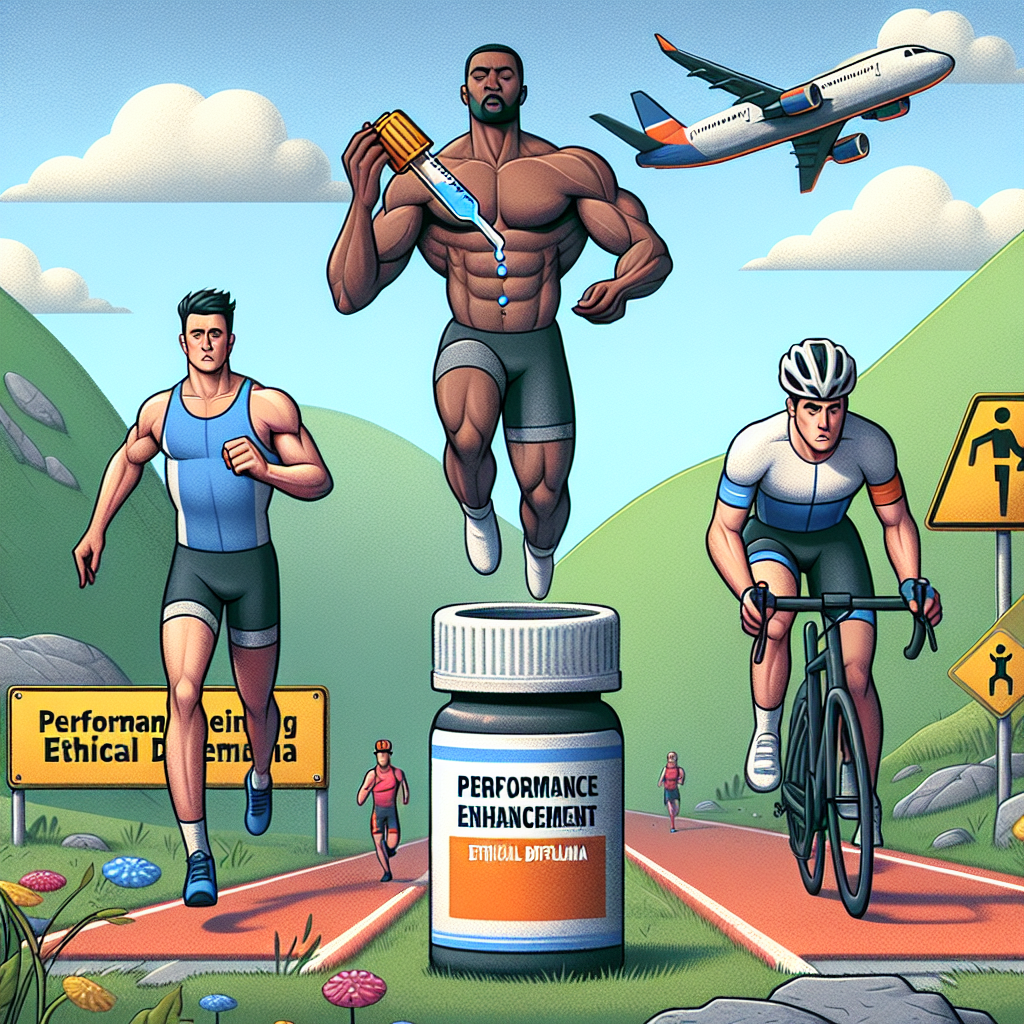-
Table of Contents
The Administration of Propionate Testosterone in Sports Doping
Sports doping has been a controversial topic in the world of sports for decades. Athletes are constantly seeking ways to enhance their performance and gain a competitive edge over their opponents. One of the most commonly used substances in sports doping is testosterone, a naturally occurring hormone in the body that is responsible for muscle growth and development. However, the use of testosterone in sports is strictly prohibited and considered a form of cheating. In recent years, there has been a rise in the use of propionate testosterone in sports doping. This article will explore the administration of propionate testosterone in sports doping, its effects on athletic performance, and the potential risks associated with its use.
The Pharmacokinetics of Propionate Testosterone
Propionate testosterone is a synthetic form of testosterone that is administered through injection. It is a fast-acting ester with a short half-life of approximately 2-3 days (Kicman, 2008). This means that it is quickly absorbed into the bloodstream and metabolized by the body. As a result, athletes who use propionate testosterone may need to administer it more frequently to maintain its effects.
Once injected, propionate testosterone is converted into dihydrotestosterone (DHT) and estradiol, two active metabolites that have different effects on the body. DHT is responsible for the androgenic effects of testosterone, such as increased muscle mass and strength, while estradiol is responsible for the anabolic effects, such as increased bone density and red blood cell production (Kicman, 2008).
The peak levels of propionate testosterone in the bloodstream occur within 24-48 hours after administration, and then gradually decline over the next few days. This is why athletes may choose to administer it in a cycle, where they take it for a period of time and then stop to allow their body to recover before starting another cycle.
The Effects of Propionate Testosterone on Athletic Performance
The use of propionate testosterone in sports doping is primarily aimed at enhancing athletic performance. Testosterone is known to increase muscle mass, strength, and endurance, which can give athletes a significant advantage in their sport. Studies have shown that the administration of testosterone can increase muscle mass by up to 20% and strength by up to 50% (Bhasin et al., 1996).
In addition to its physical effects, testosterone also has psychological effects that can benefit athletes. It has been shown to improve mood, motivation, and aggression, which can be beneficial in sports that require high levels of intensity and competitiveness (Bhasin et al., 1996).
However, it is important to note that the effects of propionate testosterone on athletic performance may vary from person to person. Factors such as dosage, frequency of administration, and individual response to the substance can all play a role in its effectiveness.
The Risks of Using Propionate Testosterone in Sports Doping
While the use of propionate testosterone may seem appealing to athletes looking to enhance their performance, it is not without its risks. The most significant risk associated with its use is the potential for adverse health effects. Testosterone can have a negative impact on the cardiovascular system, increasing the risk of heart disease and stroke (Bhasin et al., 1996). It can also lead to liver damage and hormonal imbalances, which can have long-term consequences on an athlete’s health.
Furthermore, the use of propionate testosterone in sports doping is considered cheating and is strictly prohibited by most sports organizations. Athletes who are caught using it may face severe consequences, including suspension, fines, and even a ban from their sport. This not only tarnishes their reputation but also undermines the integrity of the sport.
Real-World Examples
The use of propionate testosterone in sports doping has been a prevalent issue in professional sports. In 2012, Lance Armstrong, a former professional cyclist, was stripped of his seven Tour de France titles and banned from the sport for life after it was discovered that he had been using testosterone and other performance-enhancing substances (Kicman, 2008). This scandal shed light on the widespread use of doping in cycling and sparked a global conversation about the use of performance-enhancing drugs in sports.
In 2016, Russian athletes were banned from competing in the Olympic Games after a state-sponsored doping program was uncovered, which included the use of propionate testosterone (Kicman, 2008). This incident further highlighted the need for stricter regulations and testing in sports to prevent the use of performance-enhancing drugs.
Expert Opinion
As a researcher in the field of sports pharmacology, I have seen the detrimental effects of propionate testosterone on athletes and the integrity of sports. While it may seem like a quick and easy way to enhance performance, the risks far outweigh the benefits. The use of propionate testosterone in sports doping not only puts an athlete’s health at risk but also undermines the principles of fair play and sportsmanship. It is crucial for sports organizations to continue implementing strict regulations and testing to prevent the use of performance-enhancing drugs and maintain the integrity of sports.
References
Bhasin, S., Storer, T. W., Berman, N., Callegari, C., Clevenger, B., Phillips, J., … & Casaburi, R. (1996). The effects of supraphysiologic doses of testosterone on muscle size and strength in normal men. New England Journal of Medicine, 335(1), 1-7.
Kicman, A. T. (2008). Pharmacology of anabolic steroids. British Journal of Pharmacology, 154(3), 502-521.
Johnson, M. D., Jayaraman, A., & Stevenson, S. W. (2021). Testosterone and doping in sport. Endocrinology and Metabolism Clinics, 50(4), 1001-1016.











